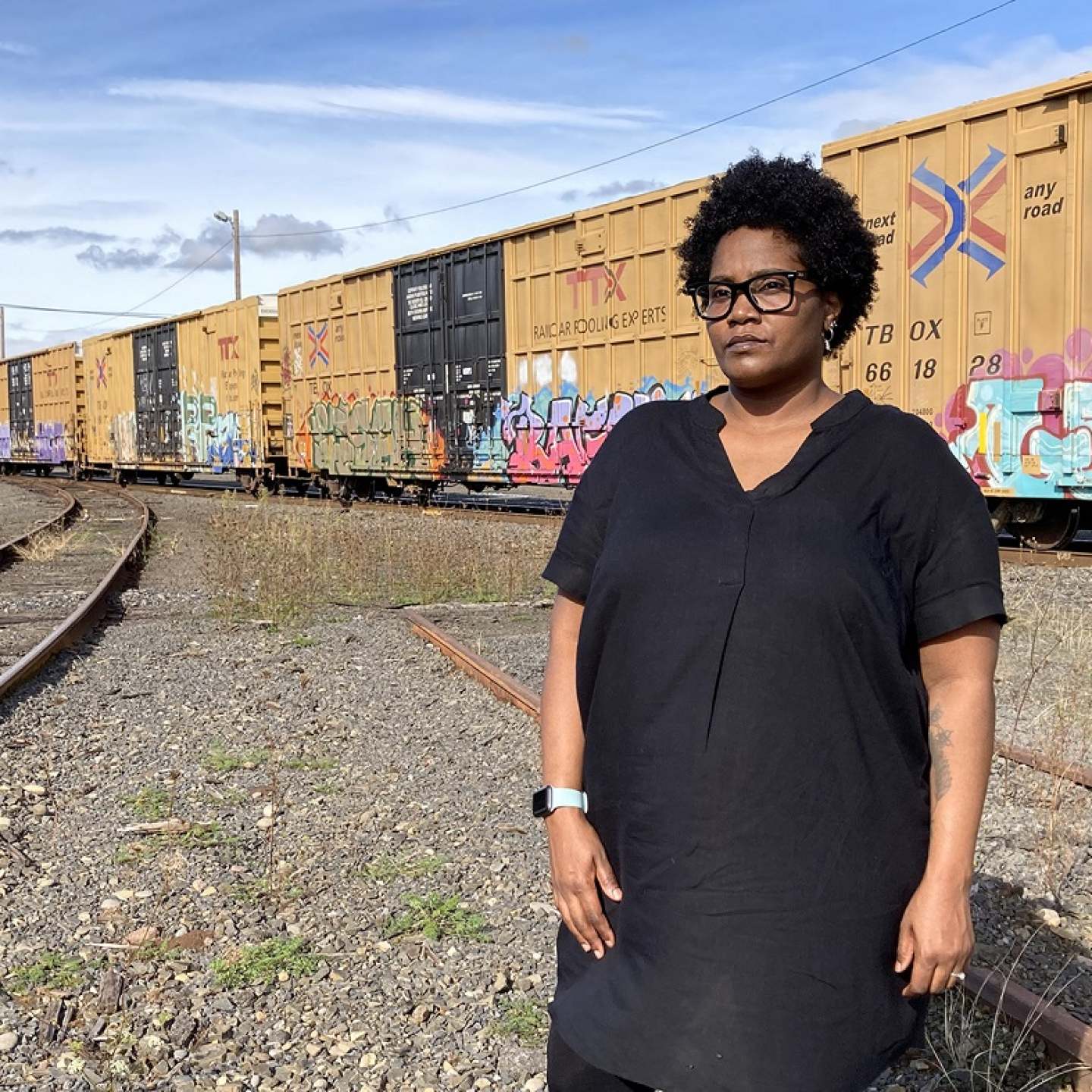This development highlights the power of grassroots action. Oregon’s new law on chlorpyrifos is stronger and more protective than the…
Oregonians Expect Bolder Action on Climate
Let’s be honest--the state of the climate emergency can be downright overwhelming and difficult to face day after day. A…
Winning the Battle to Ban Chlorpyrifos!
In 2020, Oregon became the 4th state to phase-out the organophosphate insecticide, chlorpyrifos. This law came about as a result…
Lay Of The Land (Use)
“I’m from the coast.” “I own a farm.” “My family have been ranchers for five generations.” Our sense of ourselves…









